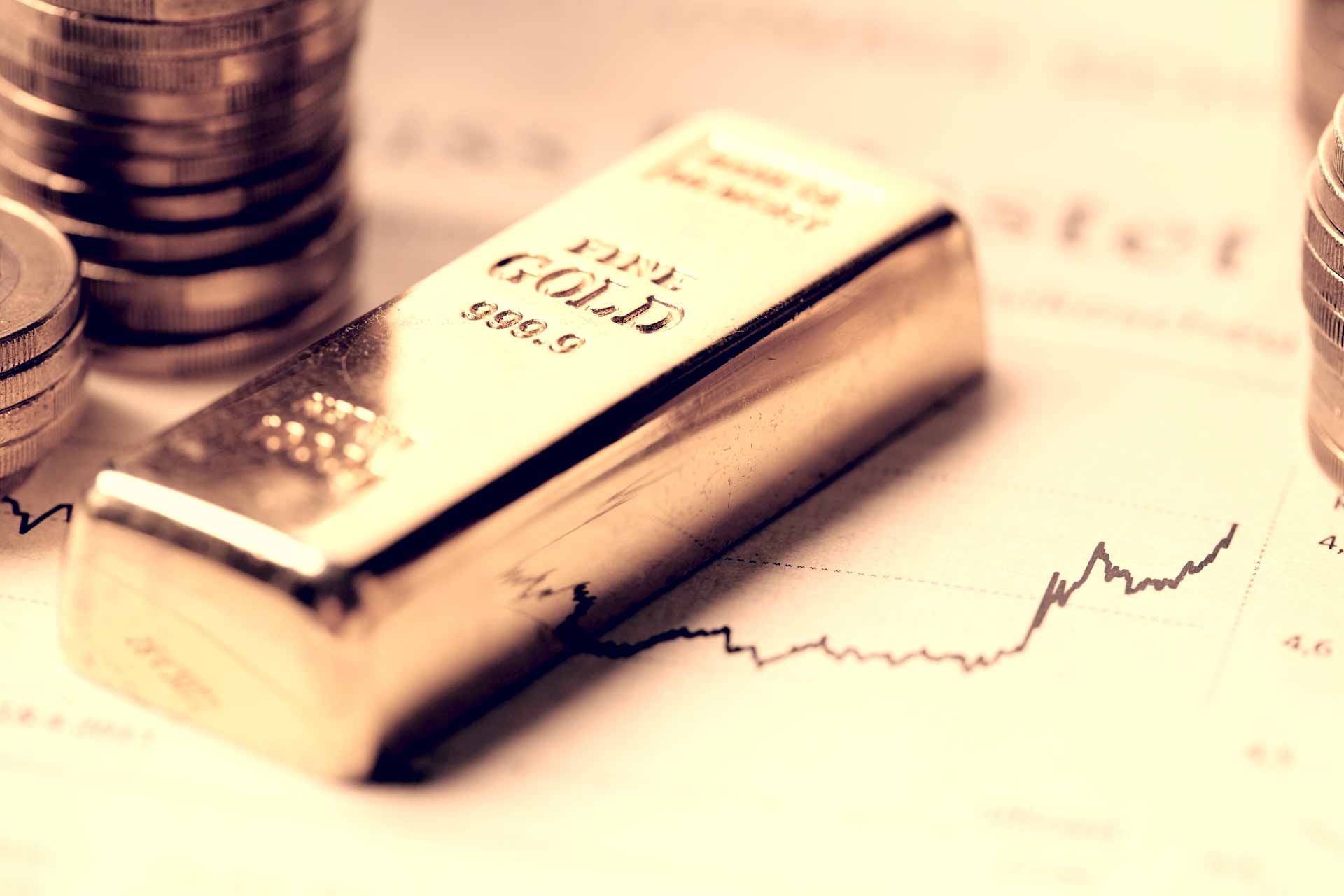Macro: It’s all about elections and keeping status quo
Markets are driven by election optimism, overshadowing growing debt and liquidity concerns. The 2024 elections loom large, but economic fundamentals and debt issues warrant cautious investment.

Head of Commodity Strategy
Summary: Global growth concerns and ample supply of key commodities have been the main drivers behind the weakness seen across the sector so far this quarter. Precious metals remain the exception with gold responding strongly to the ongoing collapse in global bond yields.
Global growth concerns and ample supply of key commodities have been the main drivers behind the weakness seen across the sector so far this quarter. Precious metals remain the exception with gold responding strongly to the ongoing collapse in global bond yields.
The trade war between the US and China remains one of the main drivers behind global growth concerns. This in turn impacts the demand prospects for growth-dependent commodities ranging from crude oil and industrial metals to some agricultural products. As a result, the market has been “pumping and mostly dumping” as news from Washington and Beijing continued to alternate between hope and despair. Such volatile market conditions have not been helped by lower liquidity during the peak summer holiday period across the Northern Hemisphere.
Having traded sideways since 2013, gold finally broke higher and strong investor demand has so far taken it above $1500/oz for the first time since April 2013. The strong momentum has been driven by the race to the bottom in global yields and central banks switching back to monetary easing mode. The gold rally has, despite general stock market weakness, been fueling strong gains among gold mining stocks. The GDX ETF which tracks major gold mining companies has rallied by 37% YTD and 13.5% this quarter alone.
The drop in global bond yields has resulted in more than $16 trillion of global bonds, particularly from Europe and Japan, now yielding less than zero. This development which removes the opportunity cost of owning gold, combined with worries that global stocks may struggle amid slowing global growth, has created a very friendly investment environment for gold.
This week the yield spread between 2-year and 10-year US Treasuries briefly turned negative for the first time in 12 years, causing a so-called inverted yield curve. Such a development has in the past been seen as a precursor for recession and the market responded by sending gold and bonds higher while stocks and crude oil took a hit.
The gold rush of 2019 is evident in the demand for “paper” gold through futures and Exchange-traded Funds (ETF). Hedge funds have accumulated a near record amount of exposure through COMEX gold futures while total ETF holdings have witnessed a steady increase reaching the current level of 77.5 million ounces, a six-year high. These developments represent one of the few clouds on the current horizon as they increase the risk of sharp reversals such as the 55-dollar top to bottom move in gold seen on Monday when the market responded to news about a potential easing of the trade war.
Having reached $1485/oz, the target mentioned in our Q3 Outlook gold has continued to move higher with the next target from a long-term technical perspective being $1587/oz, the 61.8% retracement of the 2011 to 2015 sell-off. The market is clearly in need of consolidation so any reversal in bonds and/or dollar strength may increase the temptation to book some profit. Just like $1380/oz was the support following the July breakout, the next support level to focus on now is $1485/oz as per the chat below. A break below that level will likely signal a period of consolidation with $1450/oz from a longer-term bullish perspective being the key level to watch.
Crude oil and the energy sector in general have struggled this quarter amid a weakening global demand outlook and a counter-seasonal rise in U.S. crude oil and gasoline stocks. Opec members have since last November cut production by more than 3 million barrels/day and are currently producing the lowest volumes in five years. Voluntary cuts led by Saudi Arabia and involuntary cuts from Iran and Venezuela due to sanctions have been the main contributors to this reduction in production.
However, at $60/b Brent crude remains below the levels most Opec members need to cover government spending. The limited success in boosting the price so far is due to the market’s at times intense focus on the prospect for lower demand as the trade war continues to take its toll on the outlook for demand from the world’s biggest consumers.
A prolonged trade war carries the risk of sending Brent crude oil lower towards $50/b while moves towards a solution could see it rally by 5-10 dollars. These prospects help to explain the whipsawing nature of the current market with the price pumping and dumping in response to trade tariff headlines from Washington and Beijing.
The seasonal risk to supply from US storms, hurricanes and flooding is likely to add a layer of support to the price of oil during the coming weeks. This in part since the US Gulf Coast area holds the world’s largest refining, petrochemicals and gas processing facilities and the daily exports of petroleum and products to crude oil and liquid natural gas continue to rise.
The technical outlook for HG copper has improved after the price in recent weeks, despite weak fundamentals, managed to hold key support. The short-term outlook has been weighed down by concerns that the trade war would accelerate the slowdown in global growth, thereby erode demand. Against these concerns there are emerging signs of slowing supply growth heading into 2020. Such a development combined with governments stepping up their infrastructure spending and a record short position held by speculative investors make us optimistic about the medium price prospects.
Replay of our latest commodity webinar, click here